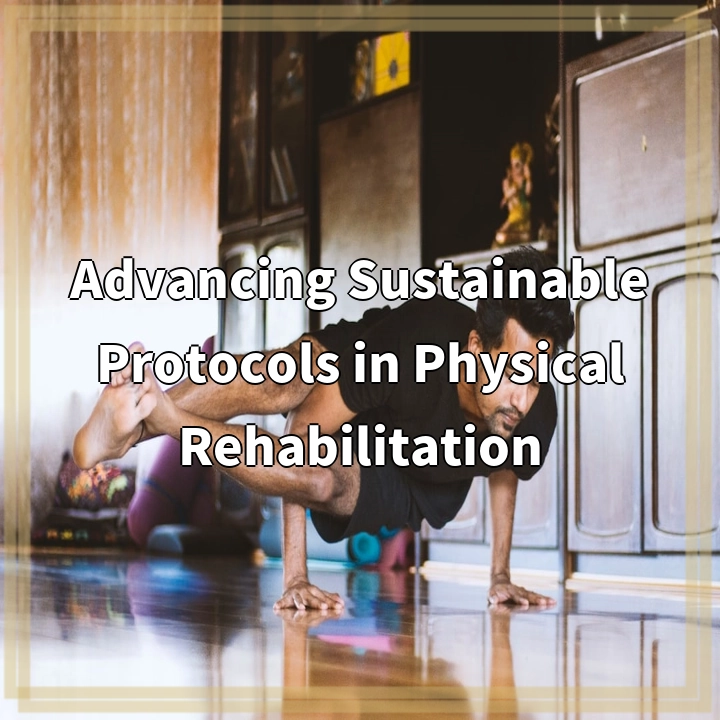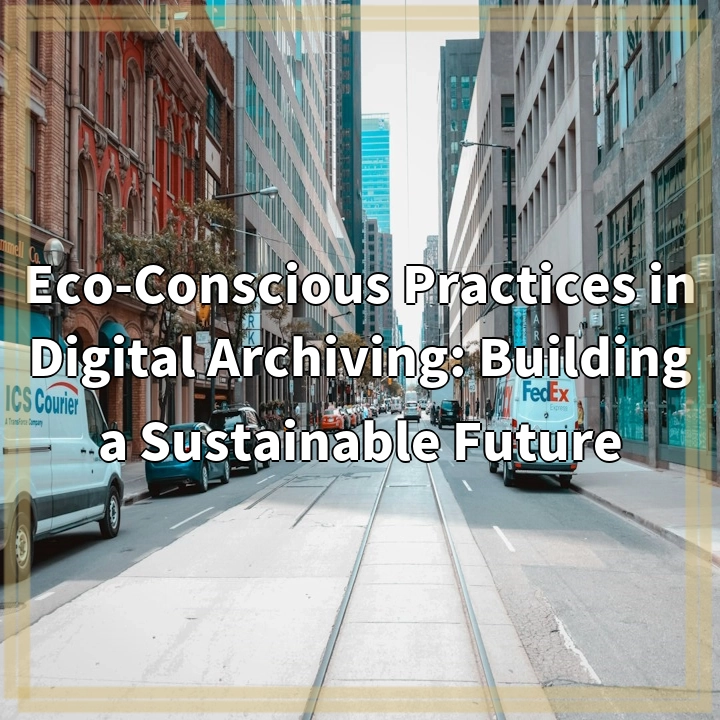
What it is:
Physical rehabilitation plays a crucial role in helping individuals recover from injuries, surgeries, and other health conditions that affect their mobility and functionality. Advancing sustainable protocols in physical rehabilitation involves incorporating environmentally friendly and resource-efficient practices into the delivery of rehabilitation services. It emphasizes reducing waste, conserving energy, minimizing the use of harmful materials, and promoting sustainable habits within rehabilitation facilities. This approach aims to minimize the environmental impact of rehabilitation services while still providing high-quality care and positive patient outcomes.
Real-World Problems:
While physical rehabilitation is essential for maintaining and improving patients’ health, it can generate various environmental challenges. One common issue is the significant energy consumption of rehabilitation facilities due to extensive use of electricity, heating, and cooling systems, as well as medical equipment. This energy consumption contributes to greenhouse gas emissions and exacerbates climate change. Additionally, the generation of medical waste, such as single-use gloves, gowns, and other disposable materials, adds to the overall waste stream and contributes to landfill pollution.
Another problem lies in the use of certain therapeutic devices and equipment that contain harmful chemicals or materials. For instance, some rehabilitation tools may contain phthalates, a group of chemicals known to have adverse health effects. Improper disposal of these devices can lead to environmental contamination and pose risks to both human and ecosystem health. Furthermore, transportation-related emissions, such as patient transportation to and from rehabilitation centers, contribute to air pollution and carbon emissions.
Access to sustainable options and resources is another challenge. Implementing eco-friendly practices often requires an initial investment and ongoing commitment, which may be difficult for some rehabilitation centers, especially smaller ones or those in low-resource settings. Additionally, a lack of awareness and understanding about sustainable protocols in physical rehabilitation can be a barrier to their adoption and implementation.

Solutions:
Addressing the environmental challenges in physical rehabilitation requires a proactive and holistic approach. Here are some solutions to advancing sustainable protocols in this field:
1. Energy Efficiency:
Rehabilitation facilities can adopt energy-efficient practices such as installing LED lighting, optimizing heating and cooling systems, and implementing energy management systems. Raising awareness among staff about energy conservation and encouraging the use of renewable energy sources can also contribute to reducing the carbon footprint.
2. Waste Reduction and Recycling:
Applying waste reduction strategies like minimizing single-use medical supplies through reusable alternatives, implementing recycling programs for plastics, paper, and other recyclable materials, and properly managing hazardous waste can significantly reduce the environmental impact of rehabilitation services.
3. Sustainable Materials and Equipment:
Efforts should be made to procure therapeutic devices and equipment that are free from harmful chemicals and materials, prioritizing products made from recycled or sustainable materials. Rehabilitation centers can collaborate with manufacturers to develop eco-friendly equipment options and support the recycling or proper disposal of old equipment.
4. Sustainable Transportation:
Encouraging patients to use sustainable transportation methods like carpooling, biking, or using public transportation can help reduce carbon emissions associated with patient transport. Additionally, implementing telehealth options and virtual rehabilitation sessions can further reduce the need for physical travel.
5. Education and Collaboration:
Providing education and training programs on sustainable protocols in physical rehabilitation to healthcare professionals and staff can increase awareness and promote the adoption of eco-friendly practices. Collaboration with environmental organizations, regulatory bodies, and local communities can also facilitate the exchange of knowledge, resources, and support to advance sustainable initiatives.















